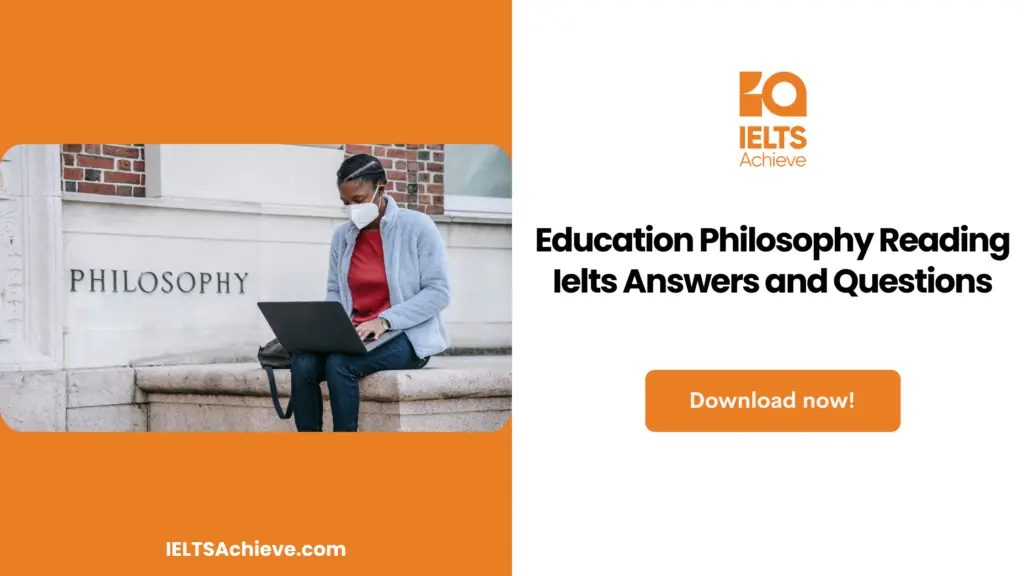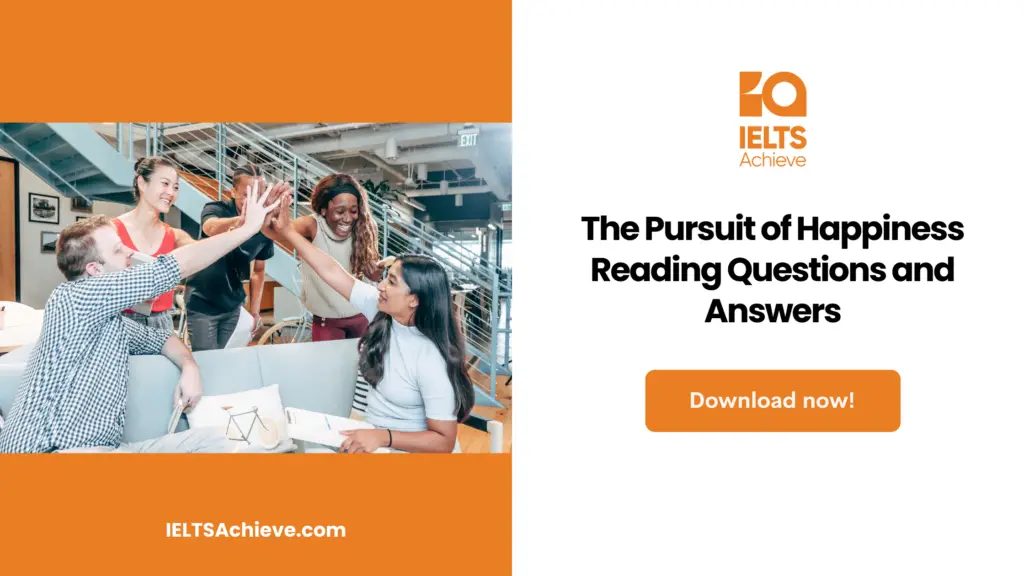You should spend about 20 minutes on Questions 1-14, which are based on the Reading Passage below.
Stay informed and prepared for success – Explore our comprehensive Reading Test Info page to get valuable insights, exam format details, and expert tips for mastering the IELTS Reading section.

Canals on Mars
A Popular interest in Mars, the ‘Red Planet’, is long-established, but has enjoyed two dramatic flowerings, one in the 1890s and the other a century later.
B Any speculation about life on Mars, then or now, is part of a long discussion on ‘the plurality of worlds’. Pluralists believe that there are other worlds apart from ours which contain life — an idea that had its origins in classical Greece. In the 19th century, the new science of astrophysics suggested that large numbers of stars in the sky were similar to the sun in their composition — perhaps they too were circled by planetary systems. Nearer to home Mars, our neighbour in the solar system seemed to offer the evidence the pluralists had lacked until then.
C The characteristics of Mars’ orbit are such that its distance from Earth varies considerably — from 34.5 to 234.5 million miles. From an astronomer’s standpoint, it was particularly well-placed for observation in 1877, 1892 and 1909. Observations in each of these years intensified discussion about possible life on Mars.
D If life, intelligent or otherwise, were to be found on Mars, then life on Earth would not be unique. The scientific, theological and cultural outcomes of such a discovery could be stupendous. In 1859, Fr. Angelo Secchi, director of the Vatican observatory and a confirmed pluralist, observed markings on the surface of Mars, which he described as canals, ‘channels’. The fateful word had been launched on its career, although there was little immediate development from Secchi’s work.
E In 1877 another Italian, Giovanni Schiaparelli, one of Europe’s most distinguished astronomers, also observed the canals, but he added the refinement that they appeared to be constituents of a system. Other astronomers observed features that might be continents or seas; Schiaparelli confirmed these findings and gave them finely sonorous classical names such as Hellas, Mare Etythraeum, Promethei Sinus.
F Although Schiaparelli was cautious in his public statements, recent research suggests that he was a pluralist. Certainly his choice of familiar place names for the planet, and his publicising of the calla network, encouraged pluralist speculation. Inevitably, cumuli was soon being translated into English as ‘canals’ rather than ‘channels’. In 1882, Schiaparelli further fuelled speculation by discovering twin canals; a configuration which he named ‘gemination’; he described no fewer than sixty canals and twenty geminations.
G Some of Schiaparellrs findings were confirmed by the astronomers Perrotin and Thollon at Nice Observatory in 1886. In 1888, however, Perrotin confused matters by announcing that the Martian continent of ‘Libya’ observed by Schiaparelli in 1886 ‘no longer exists today’. The confusion grew; two prestigious observatories in the US found in one case no canals, in another a few of them but no geminations, and no changes to Libya.
H While the observers exchanged reports and papers, the popularisers got to work. They were generally restrained at first. The British commentator Richard Proctor thought that the canals might be rivers; he was among the first to suggest that a Martian canal would have to be ‘fifteen or twenty miles broad’ to be seen from Earth.
The leading French pluralist, Camille Flammarion, published his definitive La Planete Mars in 1892: ‘the canals may be due … to the rectification of old rivers by the inhabitants for the purpose of the general distribution of water…! Other commentators supposed the ‘canals’ might be an optical illusion, a line first advanced by the English artist Nathaniel Green, teacher of painting to Queen Victoria and an amateur astronomer.
I The canals debate might have levelled off at this point had it not been for the incursion of its most prominent controversialist — and convinced pluralist — Percival Lowell. Lowell, an eminent Bostonian, entered the astronomical argument after a career in business and diplomacy, mainly in the Orient. He may not have brought an entirely objective mind to the task. Even before he started observing he had announced that the canals were probably ‘the work of some sort of intelligent beings’.
J The newly-arrived popular press was very willing to report Lowell’s findings and views; canal mania grew apace. By 1910 Lowell had reported over 400 canals with.an average length of 1,500 miles. He wrote plausibly about the Martian atmosphere and the means by which the canals distributed water from Mars polar caps to irrigate the planet before evaporation returned moisture to the poles. This water cycle appealed to popular evolutionism which perceived Mars as an old, dying world trying to avert its fate by rational and large-scale engineering — this was, after all, an age of great canals: Panama, Dortmund-Ems, Manchester, Corinth.
Unlock your full potential in the IELTS Reading section – Visit our IELTS Reading Practice Question Answer page now!
Recommended Questions:
Renewable Energy IELTS Reading Question with Answer
Questions 1-2
Choose the correct letter, A, B, C or D.
1 What do pluralists believe?
A There is life in other parts of the universe.
B Other stars have planets.
C There is life on Mars.
D There are many other stars like the sun.
2 What circumstance helped astronomers to study Mars in the late 19th century?
A A new science had developed.
B People believed that there was life on other planets.
C Mars was close to Earth on several occasions.
D There was popular interest in Mars at the time.
Ready to improve your performance in Multiple Choice Questions (MCQs)? Click here to access our comprehensive guide on how to tackle MCQs effectively in the IELTS Reading section.
Questions 3-8
Look at the following lists of astronomers and thinkers (Questions 3-8) and ideas about Mars (A-I).
Match each astronomer with the idea or ideas he expressed.
NB There are more ideas than astronomers and thinkers, so you will not need to use them all.
A A particular geographical feature of Mars has disappeared.
B People think they can see canals, but they do not really exist.
C Life on Mars has become extinct.
D Some canals are organised in pairs.
E The canals are used to carry water from colder areas to warmer areas.
F The canals must be extremely deep to carry so much water.
G The inhabitants of Mars are still building canals.
H The Martians have adapted natural features to meet their needs.
I The canals might be very wide and not artificial.
3 Schiaparelli………
4 Perrotin ……….
5 Proctor……..
6 Flammarion ………
7 Green……….
8 Lowell ……….
Ready to conquer Matching Headings questions? Click here to learn essential tips and techniques for matching headings accurately to paragraphs or sections in the IELTS Reading section.
Questions 9-14
Do the following statements agree with the information given in the Reading Passage?
In boxes 9-14 on your answer sheet, write
YES if the statement agrees with the writer’s claims
NO if the statement contradicts the writer’s claims
NOT GIVEN if there is impossible to say what the writer thinks about this
Want to excel in identifying the writer’s views and claims? Click here to explore our in-depth guide on how to accurately determine Yes, No, or Not Given in the IELTS Reading section.
9 Discussion about whether there is life on Mars forms part of a long tradition.
10 The belief that life existed on Mars was encouraged by a translation error.
11 The limitations of 19th century technology encouraged the idea that there were canals on Mars.
12 All Lowell’s statements about Mars were based on what he was able to see.
13 Lowell’s investigations of Mars aroused little interest outside the scientific community.
14 Lowell’s theory about how canals on Mars were used may have been inspired by fashionable ideas of the time.
Unlock your full potential in the IELTS Reading section – Visit our IELTS Reading Practice Question Answer page now!
Recommended Questions:
Renewable Energy IELTS Reading Question with Answer
Answer Key
| Question No. | Answer | Question No. | Answer |
| 1. | A | 8. | E |
| 2. | C | 9. | Yes |
| 3. | D | 10. | Not Given |
| 4. | A | 11. | Not Given |
| 5. | I | 12. | No |
| 6. | H | 13. | No |
| 7. | B | 14. | Yes |

